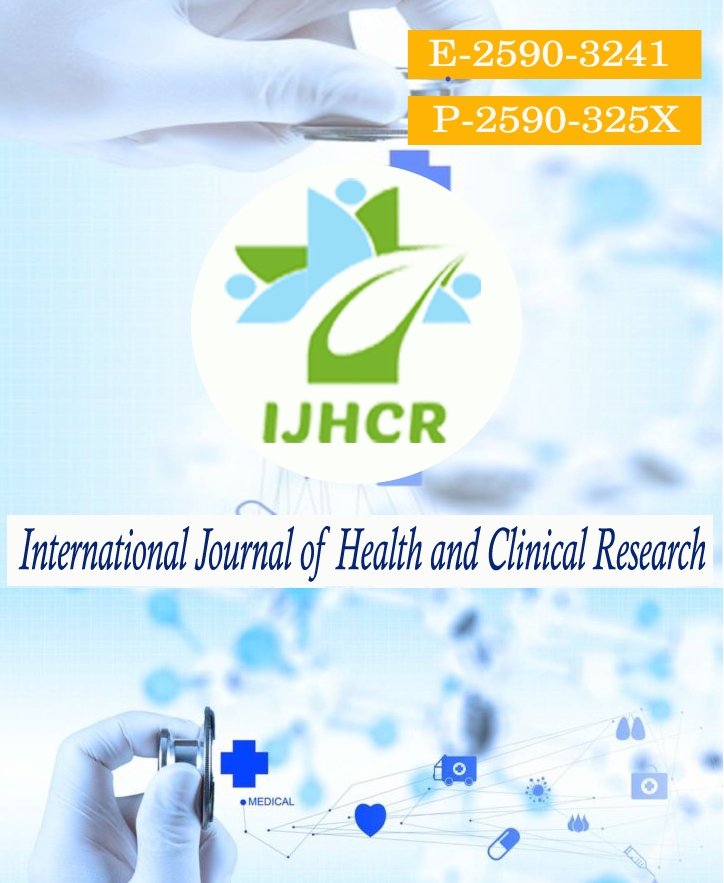Bon Appetite To Enterally Fed Diabetics! Novel Use Of Gastric Pocus in the ICU to Guide Enteral Nutrition
Keywords:
Gastric, volume, point of care, diabeticAbstract
Background: Feed intolerance is common in critically ill patients. Diabetic patients have decreased gastric motility, and therefore they are at high risk of feed intolerance. The traditional measurement of gastric residual volume by aspiration of the nasogastric tube can be inaccurate and requires interventions with its risk of infection in a patient who already has multiple comorbidities. In our study, we have compared ultrasound-guided calculation of gastric residual volume and the gastric residual volume by nasogastric tube aspiration in critically ill diabetic patients. Materials and Methods: This prospective study included 40 critically ill diabetic patients aged between 18 to 60 years who were on enteral feeding. Before giving the enteral feed, antral cross-sectional area (ACA) of the patient was assessed by ultrasound using 2 to 8MHz curvilinear probe in the right lateral position and also by the nasogastric tube aspiration method.Results: Gastric residual volume calculated by the ultrasound method was found to be greater than the traditional nasogastric tube aspiration method. Conclusion: Gastric residual volume calculated by ultrasound is greater than the gastric residual volume calculated by nasogastric tube aspiration. The use of ultrasound in critically ill diabetics helps to guide enteral feeding and to prevent the complications such as aspiration due to overfeeding and infection, thereby decreasing ICU stay.
Downloads
Published
How to Cite
Issue
Section
License
Copyright (c) 2021 Sowmya M Jois, Bhaskar Murthy, Rangalakshmi S

This work is licensed under a Creative Commons Attribution 4.0 International License.






 All articles published in International Journal of Health and Clinical Research are licensed under a
All articles published in International Journal of Health and Clinical Research are licensed under a 